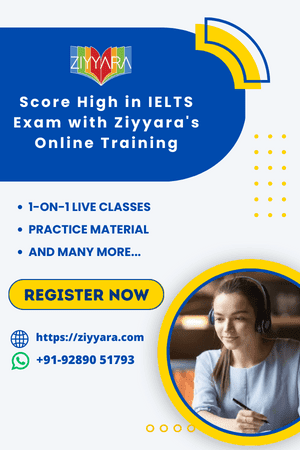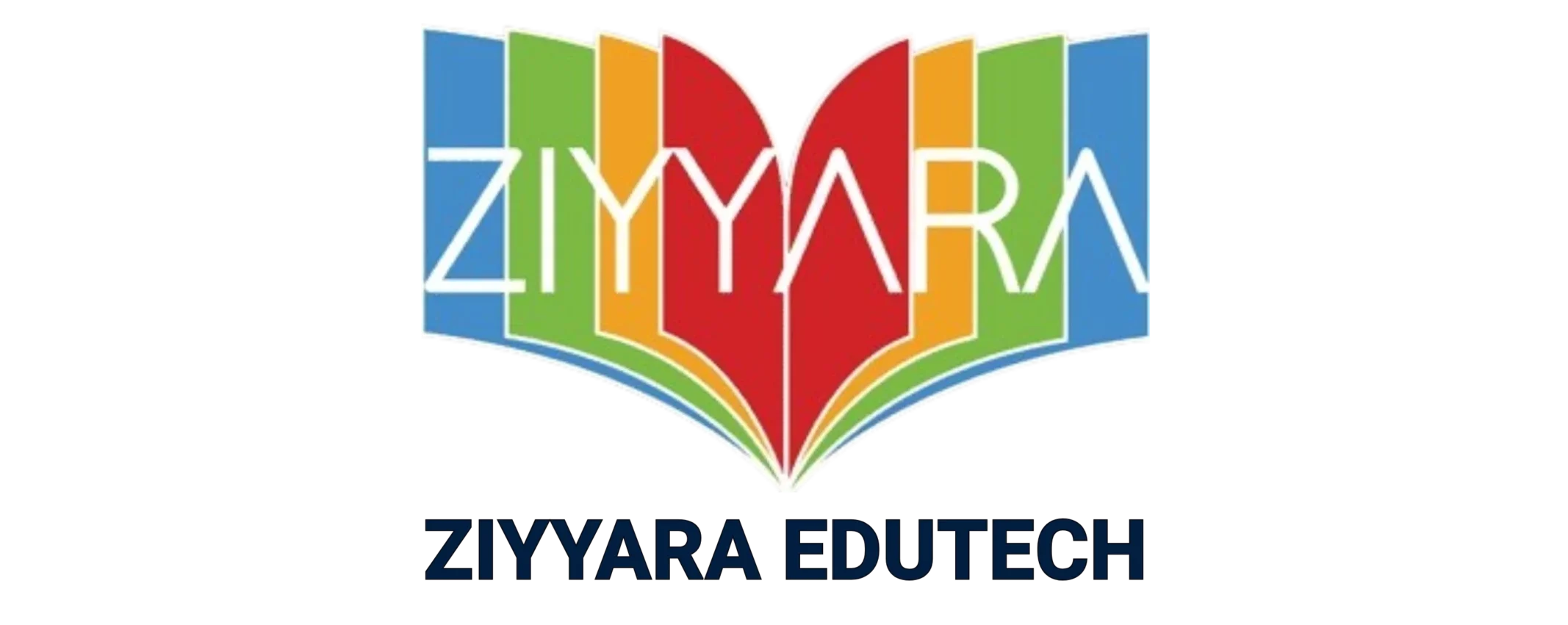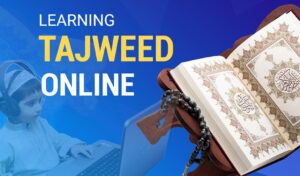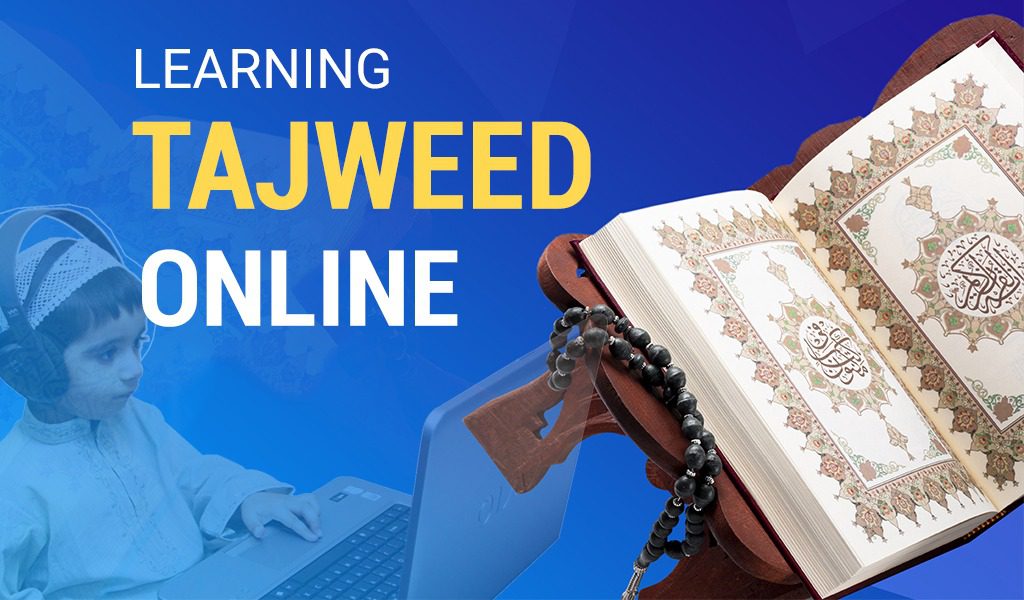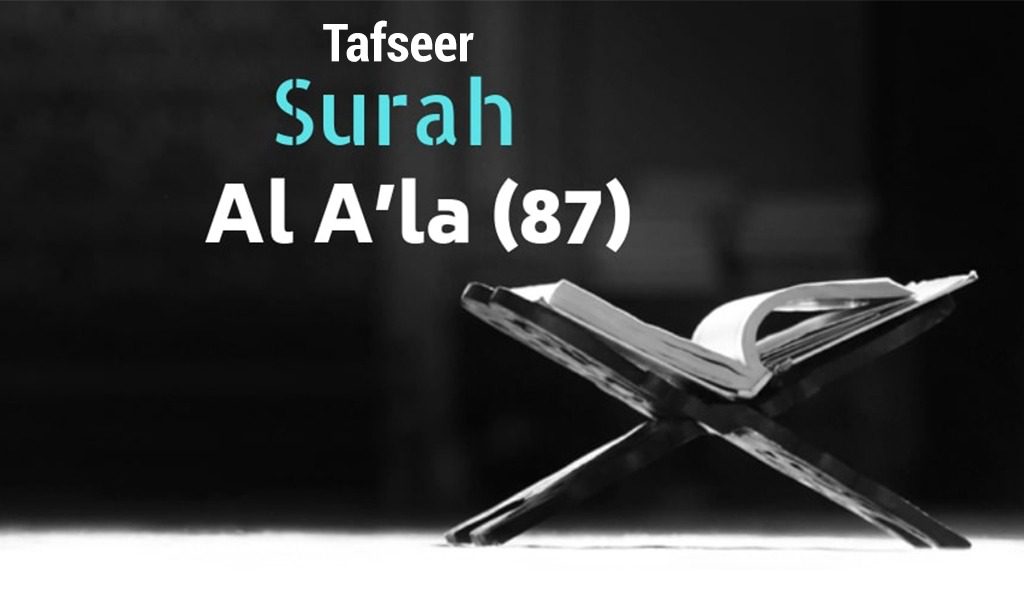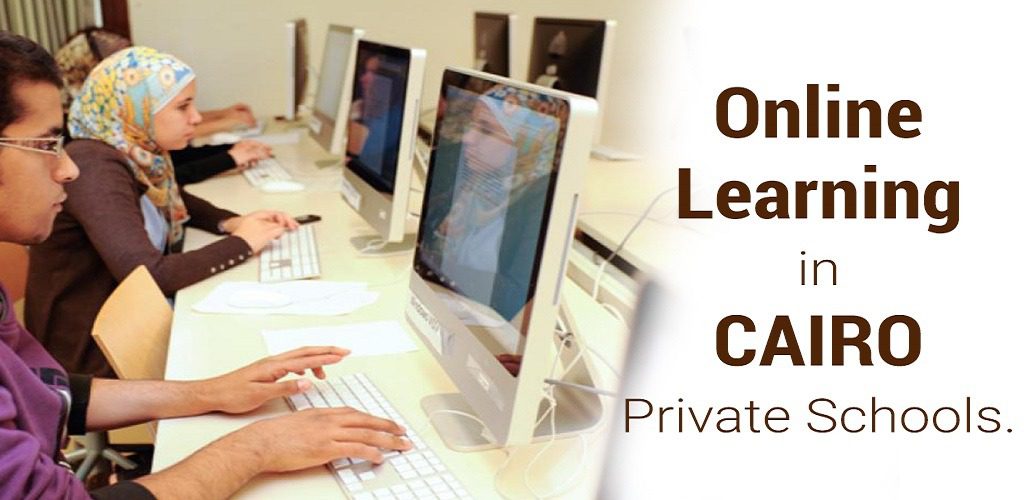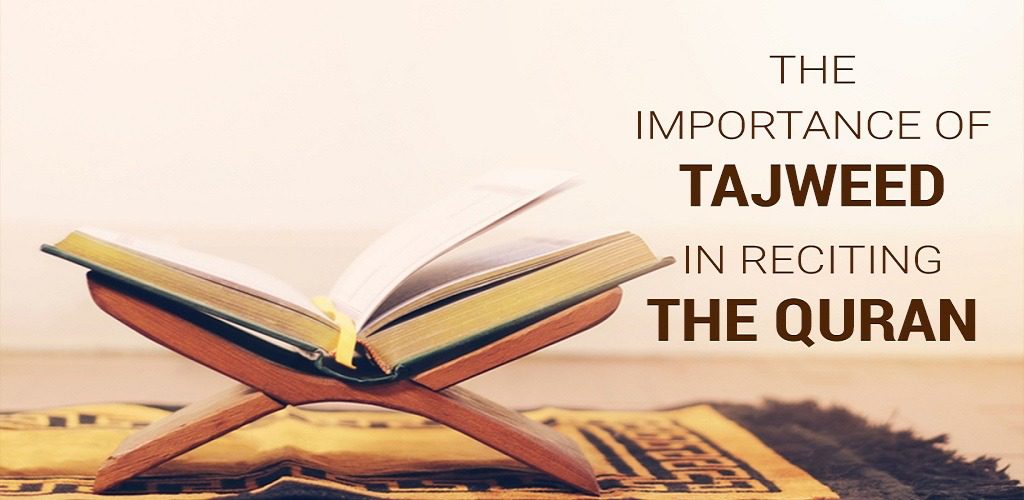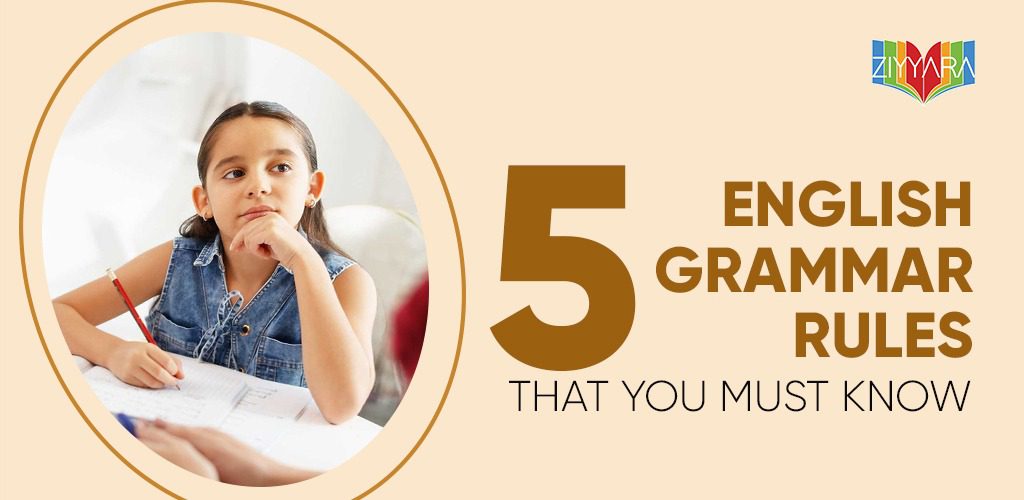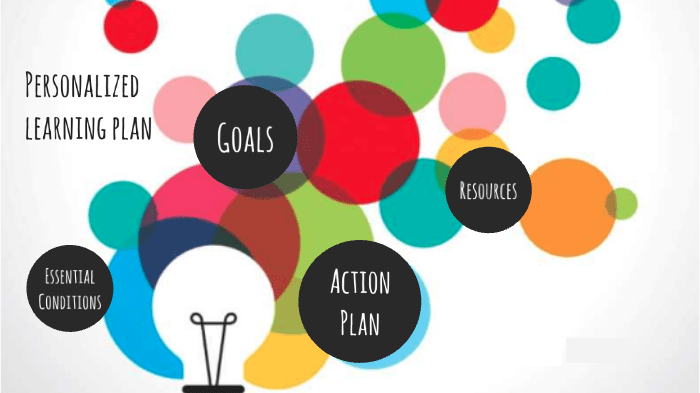
Book Your Free Demo Now!
Personalized Study Plans Designed for You
It is a known fact that every child in unique. This implies the fact that every child has different learning needs and also learns in a different manner from the others. Teaching therefore requires attention to be paid to the learning needs of every child. In classrooms, paying attention to the needs of every child is simply not possible mainly because of the fact that a teacher needs to see to several children at a given time. Personalised learning plans are great tools that can be used by teachers to cater to the learning needs of every child in the classroom. The teacher can identify the strengths and weaknesses of all the students and then develop personalised learning plans that cater to every child in a unique manner.
The personalised learning plans or PLPs can be used in a positive manner to increase the engagement as well as involvement of the children in their learning efforts. A PLP basically lists the skills of the students and shows how well the students are progressing. In other words, PLPs see where the students are at present and where they want to be in a specific time period. The personalised learning plans give the students a pathway that needs to be followed so that the objectives or aims of the students can be achieved.
PLPs must always include all stakeholders who actively take part in the student’s learning process and must address all issues that may hinder the learning of the students. The PLPs must also be regularly revised so that they can offer the following benefits to the students in general:
Change the student attendance pattern.
Enhance engagement level of the students.
Ensure higher academic standards.
Ziyyara Edutech strongly believes in personalised learning of the students and therefore makes every effort to understand what the needs of the students are. Ziyyara works together with the parents, teachers as well as the students to devise personalised learning plans for students highlighting the short-term as well as the long-term learning and development goals. The PLPs so developed include the interests of the students both inside and outside the classroom.
Ziyyara suggests that the PLPs be developed by answering the following four basis questions:
Where is the student at present?
Where must the student be?
How will the student reach where he or she wants to be?
How will the progress of the students be measured so that it is known that the students are where they should be?
The PLPs must be developed at the beginning of a new academic year and must continue throughout the year to reap the maximum benefits from them. PLPs must be developed to:
Allow students have a say in the educational process.
Allow students to take responsibility for their learning.
Allow students to focus on their goals because with PLPs, the measurement of success is not the same for all students.
Allow students to stay motivated to put in their best in the process of learning.
Unlock Expert Guidance – Book Help Now!
Avail now by providing the below details
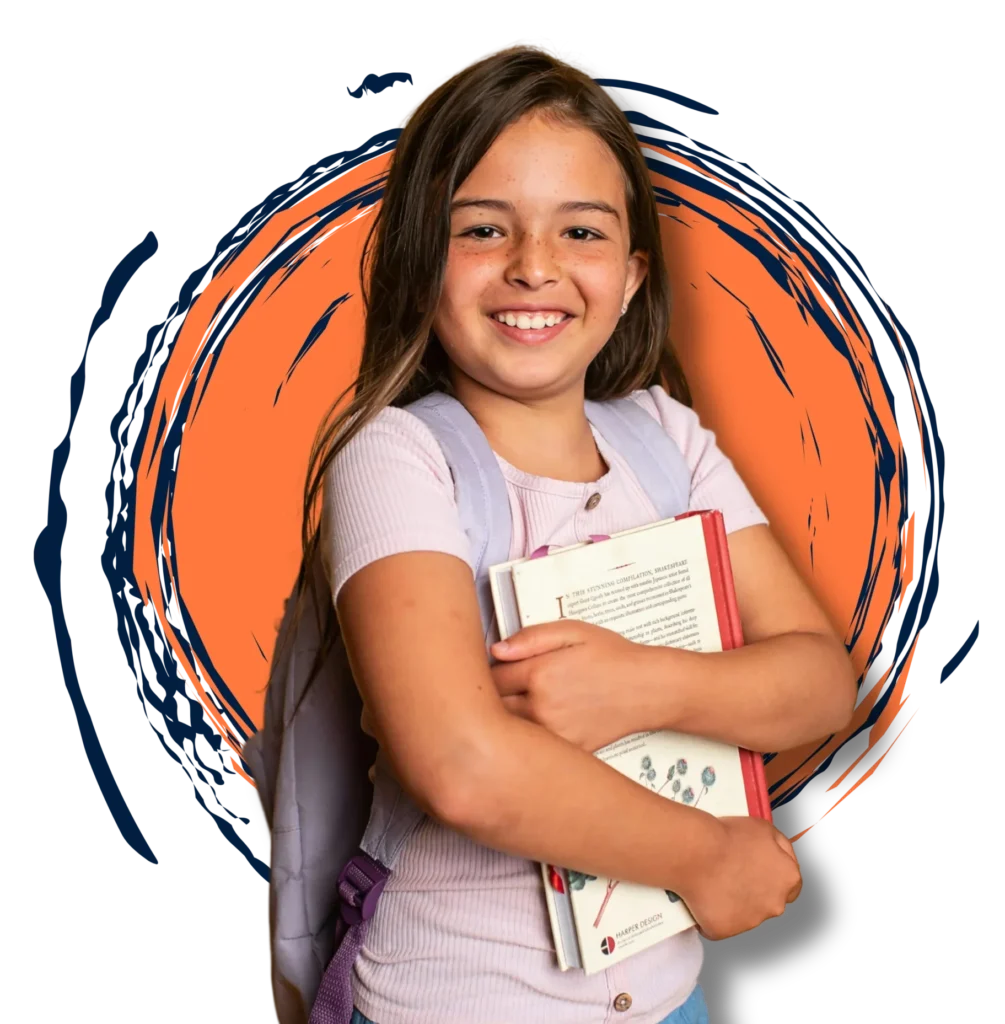
The personalised learning plans must be created in a sequence of steps so that these are reliable enough to help students achieve their goals- academic, social as well as personal.
PLPs can be developed using the various tools and computer programs available for the same. To help teachers and students actively participate in the development of personalised learning plans, Ziyyara lists the following steps:
Carry out an assessment for the students to know where they stand at present. The analysis of the assessment helps to identify the strengths, weaknesses and skills of every student.
Based on the assessment, set specific goals for every student. On the basis of the goals, a strategy is created for every student to help the students achieve these goals. the strategies must be so developed that they help the students overcome all challenges that they may face when working towards the achievement of the goals.
As teachers, assess every student’s learning abilities to know how every student learns the best. This must be discussed with the students as well so that they can focus on learning the way they from which they gain maximum benefits.
Make students aware of the fact that they need to take responsibility for their own success and learning. For this, the students must be able to track their own performance in the various activities and tests with the help of tracking tools that can be provided to the students in classrooms or at homes. When students take ownership of their performance, they tend to be more cautious of their success and failures.
Identify the potential learning gaps that students have. It is also essential that students be aware of these learning gaps so that they can actively take part in overcoming them and learn in an effective manner.
Learning of the students must be assessed on regular intervals. For this, formative assessments can be used the results of which can be listed in growth metrics. This allows the students as well as the teachers to know about the performance and success rates.
Once the results of formative assessments are out, it is essential to share feedback with the students. Ziyyara recommends that teachers use one-to-one sessions with students to help students self-reflect and also encourage the students to think how much they want to grow in terms of their academic learning based on the results of the assessments.
Teachers then need to create a profile for every student in which the students need to take an active part. The compilation of the profile requires the listing of the strengths, weaknesses, interests, short-term and long-term academic goals, career aspirations and also a list of actions essentially required to achieve the stated goals.
Implement the PLPs with active involvement of the parents as well as other stakeholders who are responsible for learning and development of the students. The implementation of the PLPs must also be monitored and any changes if necessary must be incorporated.
Personalised learning plans must be used on a regular basis and seek active involvement of the students, parents and teachers. It is also essential that the PLPs be revisited and revised because the learning needs and goals of the students keep changing. PLPs help in monitoring the growth and change of the students and also help to know how effectively students learn.
Like? Share it with your friends
-
Facebook
-
Twitter
-
Linkedin
-
Whatsapp
-
Reddit
Recent Posts
Quran Tajweed Online Learning
Top 50 Questions of Plant and Animal
Top 50 Questions of Carbon and its
What is the Importance of Algebra in
